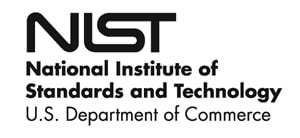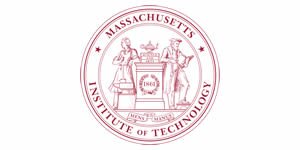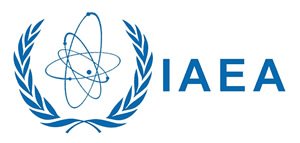A love of science led a NIST researcher to her career. Now she’s working to encourage children to embrace science.
Author: WeWorldMedia-admin
Today’s IT leaders face competing mandates to do more (“make us an ‘AI-first’ enterprise—yesterday”) with less (“no new hires for at least the next six months”).
VMware has become a focal point of these dueling directives. It remains central to enterprise IT, with 80% of organizations using VMware infrastructure products. But shifting licensing models are prompting teams to reconsider how they manage and scale these workloads, often on tighter budgets.
For many organizations, the path forward involves adopting a LessOps model, an operational strategy that makes hybrid environments manageable without increasing headcount. This operational philosophy minimizes human intervention through extensive automation and selfservice capabilities while maintaining governance and compliance.
In practice, VMware-to-cloud migrations create a “two birds, one stone” opportunity. They present a practical moment to codify the automation and governance practices LessOps depends on—laying the groundwork for
Radiation worker exposure exceeding 10 times the annual limit
Print View Posted on: 27 November 2025
Event Date: 01 September 2025 Event Type: Irradiation/Accelerator Facility Event Location: Czech Republic, Roztoky u Prahy, museum INES Rating: 3 (Provisional)
The museum in Roztoky near Prague operates an irradiation chamber that is used to destroy insects in collection items with gamma radiation. For this purpose, a sealed radionuclide source of Co-60 with an actual activity of 127 TBq on the date of the event is used.
On 1. 9. 2025, a radiation worker was exposed to radiation by entering the irradiation chamber to bring another object into it for irradiation at a time when the emitter was extended in the working position and irradiation was taking place. The worker was moving in a field of ionizing radiation for about 1 to 2 minutes. The worker was equipped only with a personal film dosimeter, he left the operational dosimeter in the office. After closing the shielding door, he realized his mistake and reported the incident to his superior.
After evaluating the personal film dosimeter that the worker was wearing, an effective dose of 320 mSv was
For decades, business continuity planning meant preparing for anomalous events like hurricanes, floods, tornadoes, or regional power outages. In anticipation of these rare disasters, IT teams built playbooks, ran annual tests, crossed their fingers, and hoped they’d never have to use them.
In recent years, an even more persistent threat has emerged. Cyber incidents, particularly ransomware, are now more common—and often, more damaging—than physical disasters. In a recent survey of more than 500 CISOs, almost three-quarters (72%) said their organization had dealt with ransomware in the previous year. Earlier in 2025, ransomware attack rates on enterprises reached record highs.
Mark Vaughn, senior director of the virtualization practice at Presidio, has witnessed the trend firsthand. “When I speak at conferences, I’ll ask the room, ‘How many people have been impacted?’ For disaster recovery, you usually get a few hands,”


